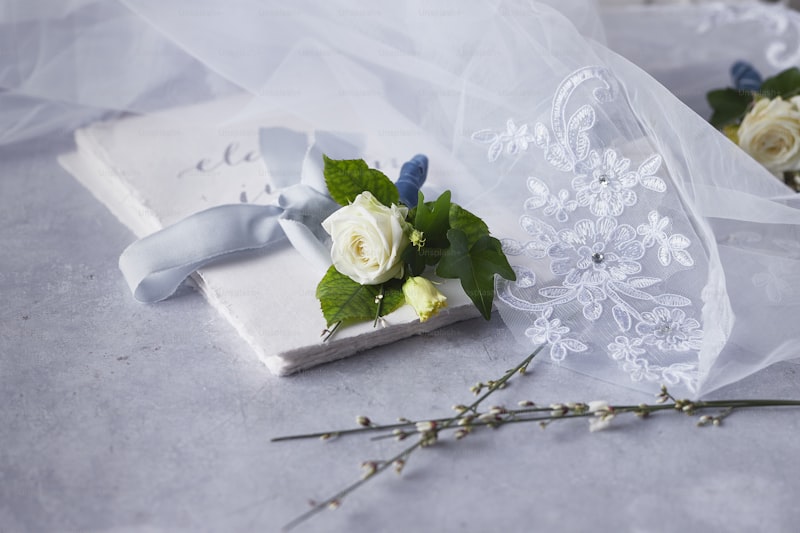Exploring the Customs and Rituals of Traditional Weddings Around the World
Weddings, as joyful celebrations of love and commitment, vary significantly across cultures and regions. Each traditional wedding is steeped in customs and rituals that reflect the distinct heritage of the couples and their families. In this article, we will explore various customs and rituals of traditional weddings, examining the significance of each practice and how it varies globally. Whether you are planning your own wedding, attending one, or simply intrigued by the rich tapestry of global cultures, understanding these customs can enhance your appreciation of this important life event.
The Importance of Customs and Rituals in Weddings
Customs and rituals serve as not only a way to commemorate love but also as a means to connect with one’s cultural roots. By adhering to traditional practices, couples honor their families and communities, ensuring that the values and beliefs of past generations continue to influence future ones. Let's delve deeper into the customs and rituals associated with traditional weddings from different parts of the globe.
Popular Customs and Rituals of Traditional Weddings
1. The White Wedding Tradition
One of the most recognized wedding customs globally is the white wedding, characterized by the bride wearing a white dress. This tradition originated in Western cultures, notably popularized by Queen Victoria in the 19th century. The white color symbolizes purity and innocence, making it a favored choice for brides. Today, many cultures have adopted this tradition, although the meanings and symbolism can vary.
2. The Chinese Tea Ceremony
In Chinese culture, weddings often incorporate a traditional tea ceremony. This practice involves the bride and groom serving tea to their parents and elder family members, signifying respect and gratitude. The exchange of tea can also symbolize the joining of two families and the couple's commitment to support each other in their new life together.
3. Indian Wedding Rituals
Indian weddings are known for their elaborate customs and colorful celebrations. One prominent ritual is the 'Saptapadi' or 'Seven Steps', where the couple takes seven steps together, each step representing a marital vow. Additionally, the use of henna, or 'mehndi', to adorn the bride's hands and feet is a cherished tradition that symbolizes joy and the blessing of fertility.
4. African Traditional Weddings
African weddings often include rituals that vary widely among the multitude of ethnic groups across the continent. In many cultures, the 'lobola' or bride price is paid, showing respect for the bride's family. Other significant rituals may involve dancing, singing, and communal feasting, fostering strong social ties and community support.
Table of Customs and Rituals
| Region | Customs/Rituals | Symbolism/Meaning |
| Western Cultures | White Wedding | Purity and innocence |
| Chinese | Tea Ceremony | Respect and family unity |
| Indian | Saptapadi | Commitment and marital vows |
| Africa | Lobola | Respect for family |
Unique Customs from Around the Globe
5. Scandinavian Handfasting
In Scandinavian countries, a traditional custom known as 'handfasting' involves tying the couple's hands together with a ribbon or cloth during the ceremony. This symbolizes their union and commitment to one another. The phrase "tying the knot" originated from this custom, illustrating how deeply embedded it is in wedding traditions.
6. Japanese Shinto Ceremony
Japanese weddings often follow Shinto traditions, where the couple participates in a ritual called 'San San Kudo'. This involves taking three sips from three different sake cups, symbolizing the merging of the couple’s families. Traditional Japanese attire, such as the kimono for the bride, further enhances the cultural significance of the event.
7. Latin American Customs
Many Latin American weddings include the 'La Hora Loca' or "The Crazy Hour," typically held during the reception. This festive moment features lively music, colorful props, and a full dance floor, bringing energy and excitement to the celebration. It reflects the joyous spirit and togetherness characteristic of Latin American culture.
Common Questions About Traditional Wedding Customs
What are the most popular wedding traditions worldwide?
Popular traditions may include the throwing of the bouquet, the exchange of vows, and the cutting of the cake. These customs often symbolize love, commitment, and community support during the marriage journey.
How do different cultures celebrate marriages?
Celebrations vary widely, from intimate family gatherings to grand festivities involving hundreds of guests. Cultural practices such as dancing, feasting, and participating in symbolic rituals play a significant role in these celebrations.
What is the significance of rituals in weddings?
Rituals serve to strengthen the bond between the couple and their families, helping to create a shared sense of community and continuity. They often convey the values and beliefs of cultural identity, making the wedding a significant event in not only the couple's lives but also in the lives of their families.
Conclusion
The customs and rituals of traditional weddings are as diverse as the cultures that celebrate them. Each practice carries deep meaning and significance, allowing couples to honor their heritage while embarking on their new life together. As you explore these customs, consider how they reflect the values of love, commitment, and community. Whether you are planning a wedding or simply fascinated by the cultural tapestry of global traditions, understanding the rituals associated with marriage can enrich your perspective on one of life's most cherished celebrations.
Remember: When planning a wedding, it's essential to consider not only personal preferences but also the customs that have shaped your cultural identity. Embracing these traditions can create a memorable and meaningful celebration that pays homage to your roots. Happy planning!
